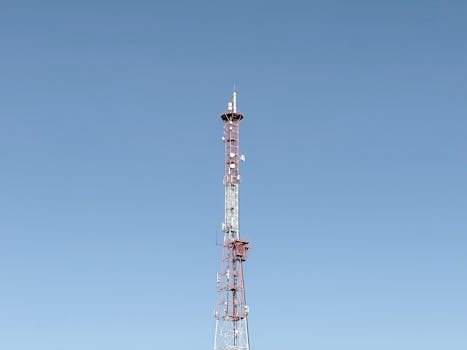
Comparative Analysis of 4G vs 5G Performance Metrics
Comparative Analysis of 4G vs 5G Performance Metrics is a crucial aspect of understanding the evolution of wireless networks. The fifth generation of wireless technology, commonly known as 5G, has been gaining momentum in recent years, with many countries investing heavily in its deployment. As 5G continues to roll out, it’s essential to compare its performance metrics with its predecessor, 4G. In this article, we will delve into the key differences and advantages of each technology, focusing on Comparative Analysis of 4G vs 5G Performance Metrics.
Introduction to 4G and 5G
The fourth generation of wireless technology, 4G, was first introduced in the late 2000s. It provided a significant improvement over its predecessor, 3G, with faster data speeds and lower latency. 4G enabled the widespread adoption of mobile broadband, paving the way for the proliferation of smartphones and mobile devices. On the other hand, 5G is designed to provide even faster data speeds, lower latency, and greater connectivity. It promises to enable a wide range of new use cases, including mission-critical communications, massive machine-type communications, and enhanced mobile broadband.
Performance Metrics Comparison
When comparing the performance metrics of 4G and 5G, several key factors come into play. These include data speed, latency, capacity, and coverage. In terms of data speed, 5G offers significantly faster speeds than 4G. While 4G typically provides download speeds of up to 100 Mbps, 5G can reach speeds of up to 20 Gbps. This is a significant improvement, enabling the support of high-bandwidth applications such as 4K video streaming and online gaming. Latency is another critical factor, with 5G offering latency as low as 1 ms, compared to 4G’s 50 ms. This reduction in latency enables the support of real-time applications, such as mission-critical communications and remote healthcare.
Capacity and Coverage
In terms of capacity, 5G offers a significant improvement over 4G. While 4G networks are often congested, leading to reduced data speeds and poor performance, 5G networks are designed to support a much larger number of devices. This is achieved through the use of new technologies such as network slicing and beamforming. Network slicing enables the creation of multiple virtual networks on a single physical infrastructure, each optimized for a specific use case. Beamforming, on the other hand, enables the direction of radio signals towards specific devices, improving coverage and reducing interference. In terms of coverage, 5G networks are designed to provide a more comprehensive coverage than 4G. This is achieved through the use of small cells and macro cells, which work together to provide a seamless coverage experience.
Conclusion
In conclusion, the Comparative Analysis of 4G vs 5G Performance Metrics highlights the significant improvements offered by 5G. With its faster data speeds, lower latency, and greater capacity, 5G is poised to enable a wide range of new use cases and applications. While 4G will continue to play an important role in the coming years, 5G is the future of wireless technology. As 5G continues to roll out, it’s essential to understand its performance metrics and how they compare to those of 4G. By doing so, we can unlock the full potential of 5G and create a more connected, efficient, and innovative world.



